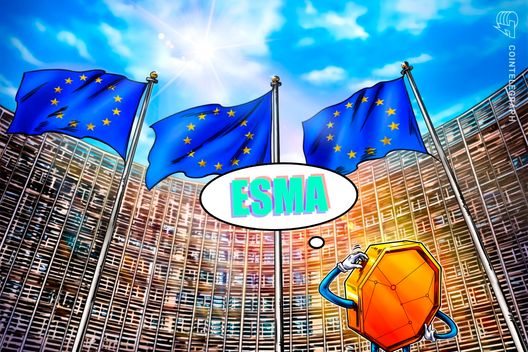- Binance Coin has crossed $1,300 for the first time.
- CAKE maintains its bullish strength after an over 70% weekly surge.
- Solana eyes short-term surges to the key $250.
Cryptocurrencies displayed stability on Tuesday, with most tokens on the edge of potential breakouts.
Bitcoin trades above $124,500 as the crypto market cap increased by 0.6% the past 24 hours to $4.28 trillion.
Amidst the optimism, this article explores altcoins stealing the show with impressive price actions.
Binance Coin continues to lead the altseason with fresh all-time highs above $1,300 today, while CAKE soared 8% over the past day, extending weekly gains by roughly 70%.
Meanwhile, SOL targets near-term rallies to $250.
Let’s discover more!
Binance Coin sets new ATH above $1,300
Binance’s token hit fresh all-time highs today as it touched $1,325, marking one of the robust performances among top altcoins this month.

The milestone follows weeks of steady momentum fueled by revived investor confidence in the exchange and massive trading volumes.
BNB has surpassed XRP and USDT to rank as the third-largest digital token by value, with $179.93 billion market cap.
Confidence in Binance’s long-term goals has propelled the native token.
Founder Changpeng Zhao has always emphasized focus on building and holding, and the price milestone likely validates that policy.
Binance’s consistent ecosystem growth, massive community engagement, and strategic token burns have helped BNB outperform markets.
Traders are now targeting $1,500 as exchange volumes and on-chain activity indicate momentum for more price gains.
CAKE continues upward streak
PancakeSwap’s CAKE has displayed remarkable performance since turning bullish last week.
It hit the $4.20 target today after gaining more than 15% on its 24-hour timeframe.
The alt is changing hands at $4.21, with a 50% increase in daily trading volume confirming improving trader activity.
The current momentum comes after the DEX revealed CAKE-PAD on October 6, a feature designed for asset burns and utility.
The official announcement indicated:
CAKE.PAD is built with simplicity, inclusivity, and CAKE utility in mind. It’s designed to bring in more users and drive more CAKE usage and burning.
More CAKE utility. More CAKE burned. 🔥
Welcome to CAKE.PAD (Formerly IFO), get exclusive early access to new tokens before they hit exchanges.
No staking. No lock-ups. Just commit CAKE and claim new tokens.https://t.co/Pyxdp45H2O pic.twitter.com/gpNrm1sO16
— PancakeSwap (@PancakeSwap) October 6, 2025
Meanwhile, the price performance has attracted attention as it reflects a resurgence in the broader DeFi space.
Moreover, some interpret it as traders rotating capital from large-cap tokens to undervalued decentralized finance projects.
DeFi assets are regaining traction after months of sideways movement, as investors seek lucrative yield opportunities ahead of possible Q4 rallies.
The momentum comes after PancakeSwap launched innovative user-friendly features and new liquidity incentives to enhance yield farming experiences.
CAKE buyers are targeting $6 to clear the path towards $10 before heading to $19 amid broad-based bull runs.
SOL eyes short-term surge
Solana has been among the hottest ecosystems of this cycle.
Memecoin activity, speed, low fees, and scalability have helped the blockchain maintain its status as a top project.
SOL has soared from around $150 in early August to cross $250 on September 18.
However, broader market weakness and profit-taking triggered reversals to late September lows of $190.
Solana recovered to press time’s $230.
It gained 10% the previous week and a little seems on its way to $250 again.

Meanwhile, institutional interest sets the stage for immense growth as experts forecast massive gains in the fourth quarter.
With analysts perceiving dips as opportunities to add more, the market remains poised for more uptrends.
The post Altcoins today: BNB tops $1,300 all-time high, CAKE extends rally, SOL eyes $250 appeared first on CoinJournal.

